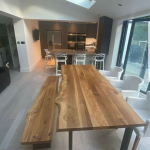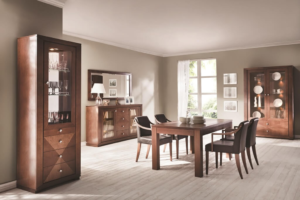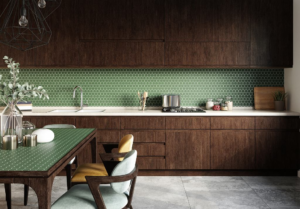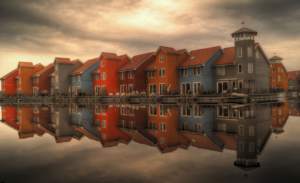Let there be light: 10 simple ways to brighten your home – from pale pink walls to changing bulbs
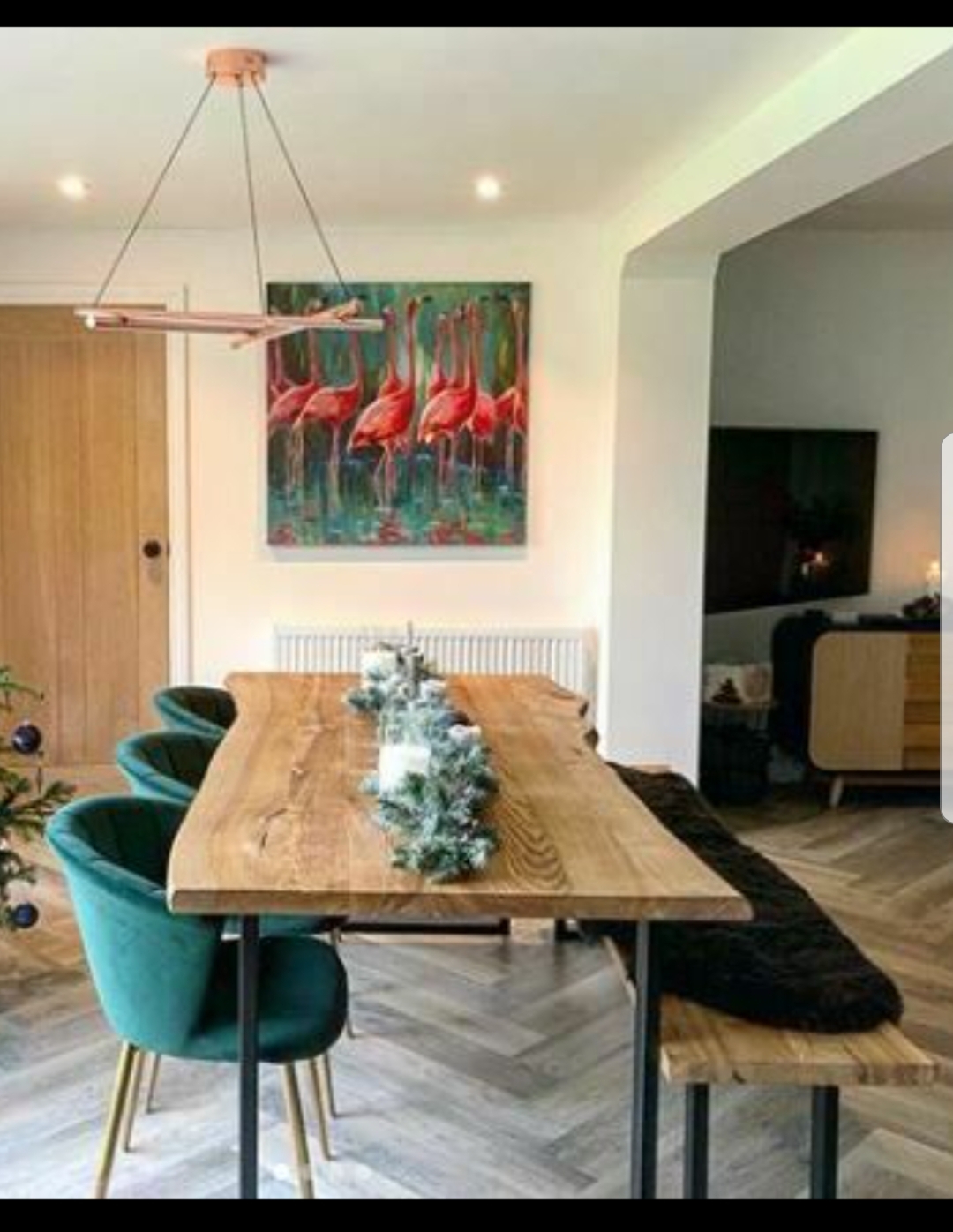
Things are looking gloomy — speaking, if not too metaphorically. It had been one thing to be locked down as soon as the days were long and the heatwave heavy, but we’re facing a run of dark months, mostly inside. Below are a few expert tips on remaining on the bright side, and maximising chilly light.
Consider the floor
People automatically think of altering the wall colour to make a room look brighter, says the interiors expert Sophie Robinson,” however, the floor bounces light up”. For those who have dark wood flooring or moody-coloured carpet or rugs, she advises placing a light-coloured rug on top as an easy and relatively cheap means to create instant brightness.
Let colour shine
Pale walls will make a room feel lighter, says Robinson, but she warns against choosing anything labelled vibrant white, and she’s not a fan of the grey mania that has swept the country’s interiors in recent years. “In the UK, we get a lot of grey days and a great deal of cold blue lighting, particularly in winter. Cold greys or vivid whites [on the wall] are going to look really depressing. Instead, she says, consider choosing a hot white or a very pale but warm-toned colour. “Pale pink is really trendy at this time.” For woodwork, particularly windowsills, a satin finish has been fashionable, but Robinson points out that the gloss paint will bounce even more light back to space. “You’ve got to prep the ceiling quite well — make sure it is not lumpy or cracked — but a gloss-painted ceiling can appear brilliant.”
Declutter
Clutter can feel oppressive, even if not light-sucking (though you might want to think about maintaining windowsills free of stuff). “Attempt to declutter as far as you can,” says that the interior designer Emilie Fournet. Arrange things you love on shelves and”maybe prop a number of a mirror at the back, that will reflect light”.
Lighten furniture
Now might not be the opportunity to invest in new furniture — although sales of furniture have been 39% higher than usual in September — great choices can make a room feel brighter. “A round dining table with one pedestal looks lighter than a large rectangular table with four chunky thighs,” says Fournet. Go for furniture — sofas, beds — with legs to boost downlight.
“Generally, try to prevent big, heavy furniture, but sometimes it is inevitable — people need wardrobes and sofas,” Fournet states, but bear in mind that the proportions of this room. In a little living room,” a more compact couch and an armchair will seem more in proportion than one big sofa, and help with the flow of the room”. Pick sofas with reduced, thinner armrests and beds with no footboards. A bookcase with glass doors will reflect light. Dark wood furniture can”bring depth and warmth”, says Fournet, however, will inevitably look heavier. You may wish to think about furniture made from woods such as birch or ash, or paint cabinets in a lighter shade.
Layer lighting
If all you’ve got is one central pendant light, ” says Sally Storey, lighting pro and creative manager at John Cullen Lighting,” it probably doesn’t feel fine. It is very bright at the centre, then dims all of the ways around the room. I like a room with various pockets of mild — layering the light to give it different moods” This may be achieved without a visit from an electrician by plugging in more table lamps and freestanding lamps or uplights. Storey recommends lighting the tops of cupboards (in kitchens, for example, or freestanding units in bedrooms or living rooms) to throw light to the ceiling and boost general brightness. Utilize an LED strip which can be plugged into or an easy system installed by an electrician.
Lighting on shelves is another good trick, ” she says. “I’ve done it on very simple Ikea shelving. It provides you with an excellent warmth of light.” You can use light to delineate between your working evening and leisure moment — switch from task light and bright uplights to cosier lamps.
Switch bulbs
Changing the sort of bulb can also make a difference. Look for the Kelvin or K evaluation, which denotes the”temperature” of this colour (not heat) of the bulb. “I often use 2,400 Kelvin, that can be similar to the old tungsten bulbs, along with a warmer light,” says Storey. The greater the number, the”whiter” the mild. Both bulbs and LEDs are usually given a CRI (colour rendering index) rating, which tells you how it’ll illuminate the colour of an object. “When you see light appearing somewhat flat, it’s because the CRI is reduced and nothing feels in its true colours. However, while you have a large CRI, of 90 or over, everything seems more lively.”
Be drawn to shiny things
“Consider furnishing your house with items that reflect light, like glass and mirror,” says Robinson. “A wall mirror is an obvious one — positioned opposite a window means you reflect light back into the room.” The bigger the better? “Either a very major mirror,” she states,” or a selection of mirrors can look great if you’ve got lots of little ones it is possible to group together. If you set the alight rug on the ground and a glass coffee table on top, that will make a huge difference.” Smaller touches, such as a shiny lamp base, or glistening fittings in bathrooms or kitchens, says Fournet, “reflect a little bit of heat and light”. One of her tips would be to frame artwork prints mirrors, instead of mountboard, to”make a little depth”.
Embrace cosiness
The intent is to create uplifting brightness and a little bit of sparkle, without turning your house into something resembling a working theatre. “bright and light can start feeling chilly with all the glass, light and mirror colours,” says Robinson. “Don’t get too carried off — make sure you bring in lots of beautiful woolly, comfy textures too, for that nesty, winter feelgood vibe”
Do not obscure windows
A pair of heavy draped curtains can block out up to a third of this window when drawn back — fitting a more rail ensures that they may be pulled clear of the window. Instead, she states, changes curtains for dividers and avoids placing large, blocky pieces of furniture before windows.
That goes for what is outside, too
You might have to prune trees or trim a hedge if it’s blocking the light. “Don’t have your black bins out your window appearing thick and dark,” says Robinson. Fournet says: “Cleaning your windows makes a huge difference and will bring in a lot milder.” Look at installing outdoor lights. “That helps,” says Storey, especially if you reside in a basement flat. “It gives you a feeling of life happening out and there being more room “


